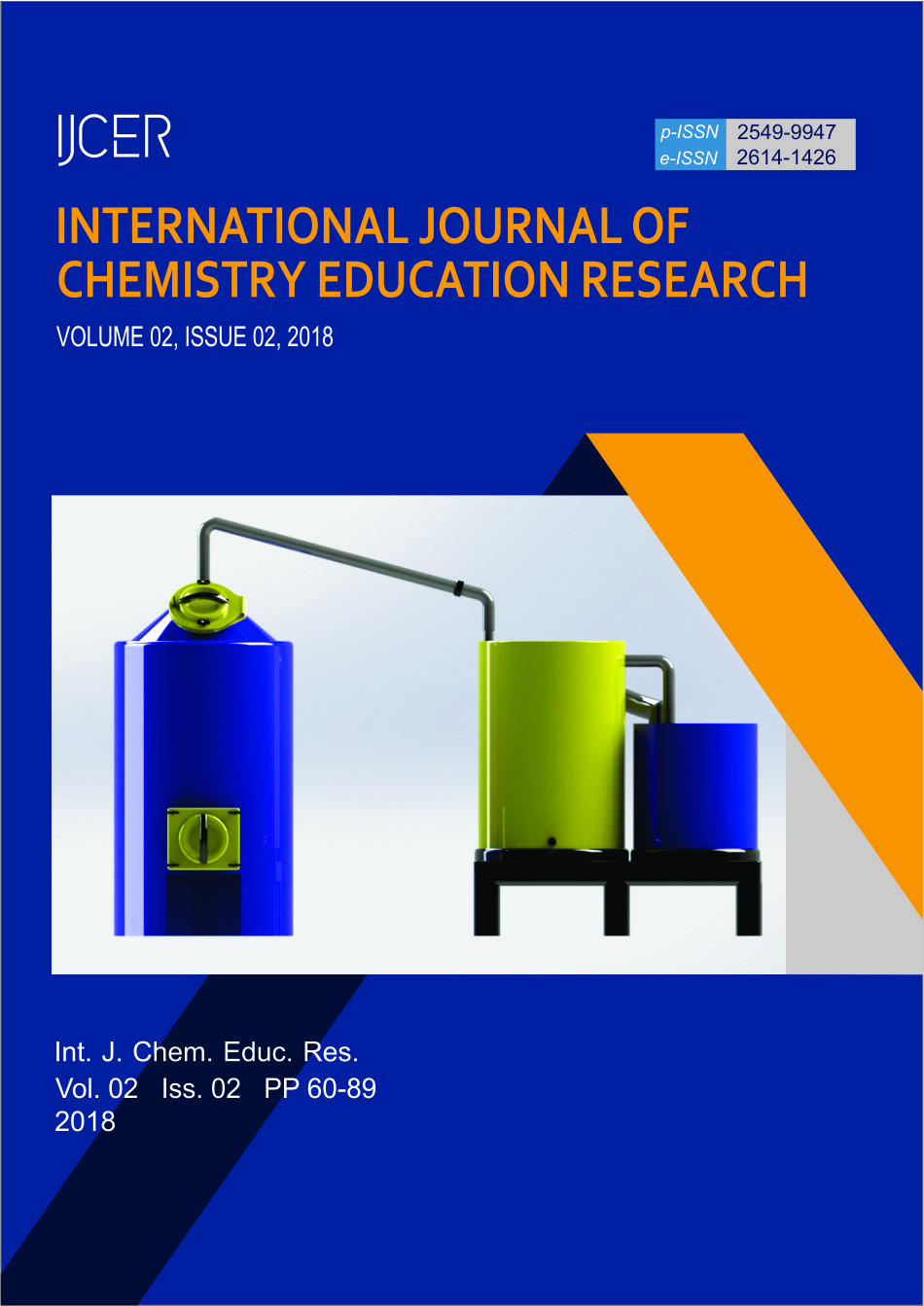Main Article Content
Abstract
Community assistance course is a special course for undergraduate student level which need to be finished before doing final thesis project. This course aims to apply the student knowledge which is gained during six semesters in the class. This course is followed by fourty eight students from different department e.g. science, engineering, psychology, law, medicine, and also Islamic studies. We applied a pyrolysis of biomass waste as the tools for Project based learning in community area. We divide fourty eight student into eight teams. Each team was assigned to do some task e.g. literature study, project design, project implementation, and project report based on the pyrolysis project. After the project was finished, we evaluate the grade of each student using the learning outcome which was defined as the goal of the study. Fourty six students acquired grade A, while the other two students acquired grade B. This achievement related to the project based learning that we used in the Community Assistance Course.
Keywords: project-based learning, pyrolysis, community assistance course
Article Details
Author retain copyright and grant the journal right of first publication with the simultaneously licenced under A Creative Commons Attribution (CC-By-SA) 4.0 License that allows others to share the work with an acknowledgment of the worsk's authorship and initial publication in this journal.
References
- J. A. Arantes do Amaral and R. J. R. Lino dos Santos, International Journal of Instruction 11 (1), 47-60 (2018).
- M. Baeten, E. Kyndt, K. Struyven and F. Dochy, Educational Research Review 5 (3), 243-260 (2010).
- M. Genc, International Research in Geographical and Environmental Education 24 (2), 105-117 (2014).
- S. Bell, The Clearing House: A Journal of Educational Strategies, Issues and Ideas 83 (2), 39-43 (2010).
- R. L. Skains, Media Practice and Education 19 (1), 82-97 (2018).
- P. C. D. N. Souto, Review of Administration and Innovation - RAI 10 (1) (2013).
- G. Rivera and A. M. Cox, Journal of Computer-Mediated Communication 21 (1), 17-32 (2016).
- U. Usmeldi, R. Amini and S. Trisna, Jurnal Pendidikan IPA Indonesia 6 (2) (2017).
- V.-L. Holmes and Y. Hwang, The Journal of Educational Research 109 (5), 449-463 (2016).
- N. F. Ahmad, A. B. Alias, N. Talib, Z. A. Rashid and W. A. W. A. K. Ghani, (2017).
- X. Xiao, B. Chen, Z. Chen, L. Zhu and J. L. Schnoor, Environ Sci Technol 52 (9), 5027-5047 (2018).
- J. Jae, G. A. Tompsett, A. J. Foster, K. D. Hammond, S. M. Auerbach, R. F. Lobo and G. W. Huber, Journal of Catalysis 279 (2), 257-268 (2011).
- A. Bonilla, D. Baudouin and J. Pérez-Ramírez, Journal of Catalysis 265 (2), 170-180 (2009).
References
J. A. Arantes do Amaral and R. J. R. Lino dos Santos, International Journal of Instruction 11 (1), 47-60 (2018).
M. Baeten, E. Kyndt, K. Struyven and F. Dochy, Educational Research Review 5 (3), 243-260 (2010).
M. Genc, International Research in Geographical and Environmental Education 24 (2), 105-117 (2014).
S. Bell, The Clearing House: A Journal of Educational Strategies, Issues and Ideas 83 (2), 39-43 (2010).
R. L. Skains, Media Practice and Education 19 (1), 82-97 (2018).
P. C. D. N. Souto, Review of Administration and Innovation - RAI 10 (1) (2013).
G. Rivera and A. M. Cox, Journal of Computer-Mediated Communication 21 (1), 17-32 (2016).
U. Usmeldi, R. Amini and S. Trisna, Jurnal Pendidikan IPA Indonesia 6 (2) (2017).
V.-L. Holmes and Y. Hwang, The Journal of Educational Research 109 (5), 449-463 (2016).
N. F. Ahmad, A. B. Alias, N. Talib, Z. A. Rashid and W. A. W. A. K. Ghani, (2017).
X. Xiao, B. Chen, Z. Chen, L. Zhu and J. L. Schnoor, Environ Sci Technol 52 (9), 5027-5047 (2018).
J. Jae, G. A. Tompsett, A. J. Foster, K. D. Hammond, S. M. Auerbach, R. F. Lobo and G. W. Huber, Journal of Catalysis 279 (2), 257-268 (2011).
A. Bonilla, D. Baudouin and J. Pérez-Ramírez, Journal of Catalysis 265 (2), 170-180 (2009).




